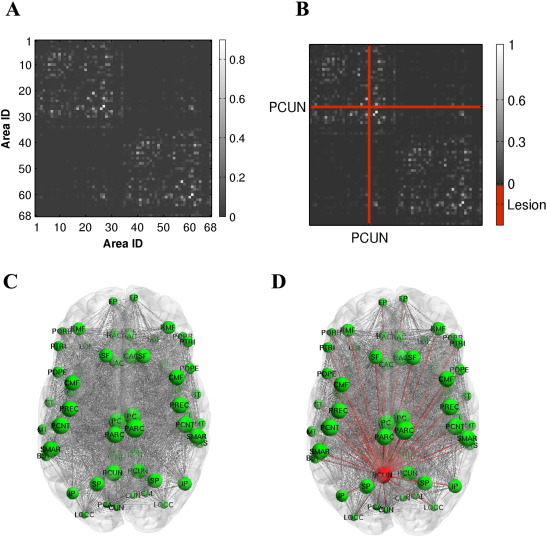Restoring balance is crucial for the brain in rest state
Shown by a study published on 1 August involving Gustavo Deco, director of the Center for Brain and Cognition and ICREA research professor with the Department of Information and Communication Technologies.
As time goes by, diseases, age and other factors leave their mark on the brain of each of us. There is experimental evidence that the lesions produced by different diseases (Alzheimer’s, stroke, epilepsy) affect the spontaneous dynamics of brain functionality. More specifically, these alterations manifest at the level of functional connections that the brain establishes in resting state. The origin of these effects lies in the neural dynamics of certain brain areas that are generally involved in the stable homeostatic balance between excitatory and inhibitory activity, and are then altered.

A study published on 1 August in the journal Neuroimage is based on this fact in order to study the global functional recovery of the brain affected by a lesion. The experimental design of the study used a device that affects the excitatory and inhibitory balance of local areas of the entire cerebral cortex due to lesions caused by neurological disorders.
The study involved the participation of Gustavo Deco, director of the Center for Brain and Cognition (CBC) and ICREA research professor with the Department of Information and Communication Technologies (DTIC) at UPF, in conjunction with scientists from research centres in India.
Previous experimental and computational studies have shown that functional connectivity in resting state varies mainly according to the location and the specific topological characteristics of the lesion. Computational modelling of the spontaneous dynamics of the brain in resting state provides valuable information about the organization of the brain in space and time, and how such dynamics are altered according to the structural changes that occur.
The article published in Neuroimage has managed to prove that the recovery of local homeostatic balance reestablishes the balance of excitation and inhibition of all areas that are affected by the lesion. The results of the research suggest that reestablishing the balance altered by an injury is crucial for the stability and dynamic richness presented by the normal brain in resting state.
Reference work:
Vattikonda A, Surampudi BR, Banerjee A, Deco G, Roy D. (2016), “Does the regulation of local excitation-inhibition balance aid in recovery of functional connectivity? A computational account”, Neuroimage, August 1;136:57-67. doi: 10.1016/j.neuroimage.2016.05.002.
